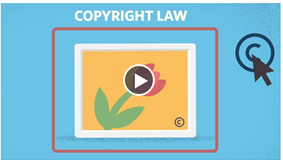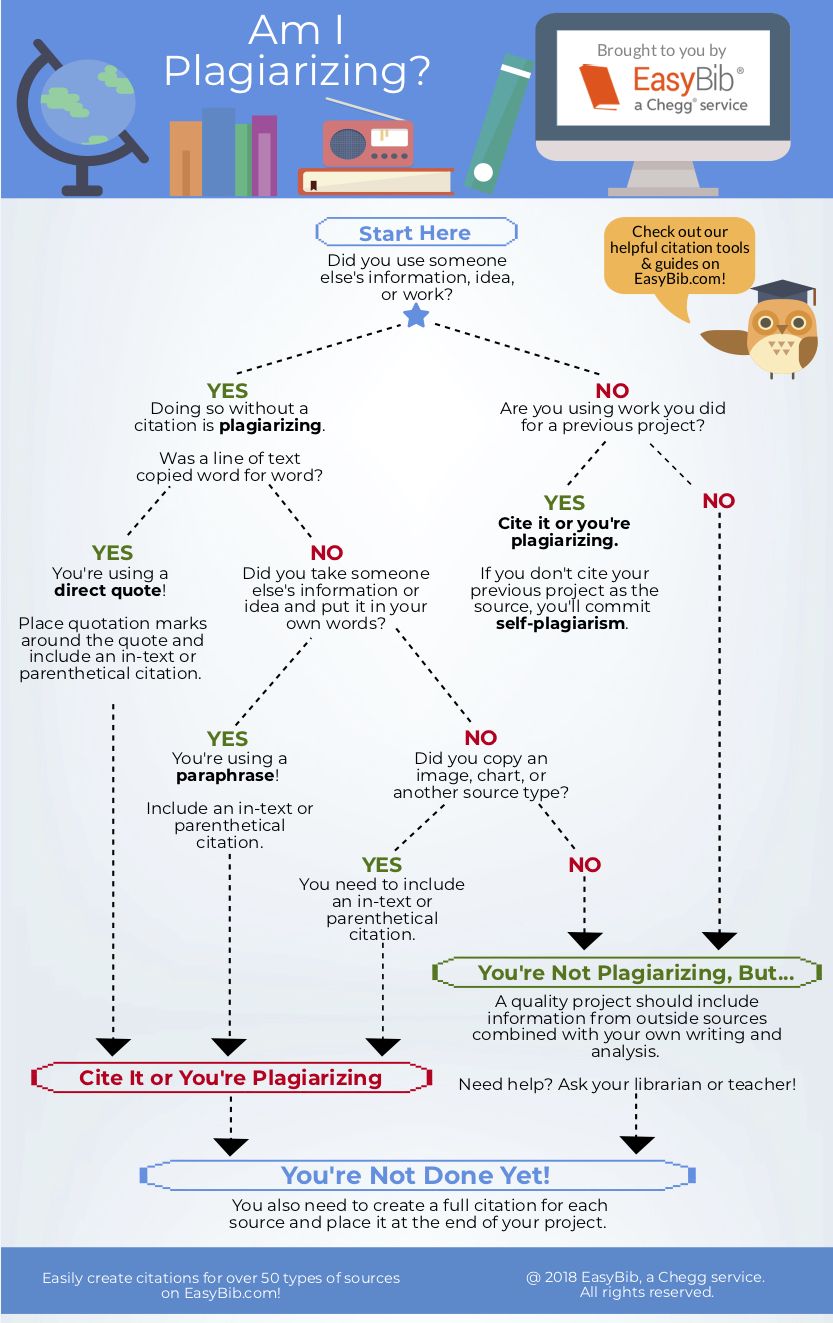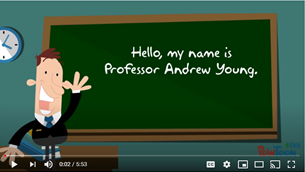Click on above image to view copyright video
One of the responsibilities of being a digital citizen is using online resources in legal and ethical ways. One important responsibility of being part of an online community is understanding and following copyright laws. Copyright laws are laws that protect an author’s original work. These works can be anything that an author creates published or unpublished. The author of a particular work has rights to how the work is shared, copied or reproduced. There are a few key things to know to make sure that you are not violating copyright laws. Permission can be obtained from the owner of the copyrighted material and sometimes licenses can be purchased in order to use the material created by someone else
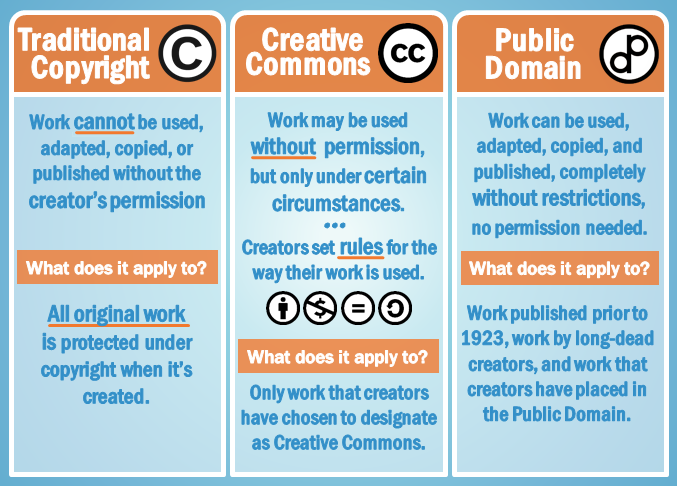
Copyrighted material can sometimes fall under the term “fair use” if it meets certain conditions. Fair use means that the material can be used legally in limited parts only if certain “fair use” guidelines are met. Generally, works that are used for criticism, commentary, news reporting, research, nonprofit educational uses and parody fall under the “fair use” term. For a use of another author’s work to be deemed “fair use” it needs to be used only for nonprofit and noncommercial purposes. The amount of an original work is used is something to keep in mind. Under fair use guidelines only limited amounts of another author’s work can be used. Creative Commons is a very resourceful website to help find images to copy and share for educational purposes.
Useful Links
https://www.rivaliq.com/blog/guide-copyright-fair-use-laws-online-images/
https://edu.gcfglobal.org/en/blogbasics/copyright-and-fair-use/1/
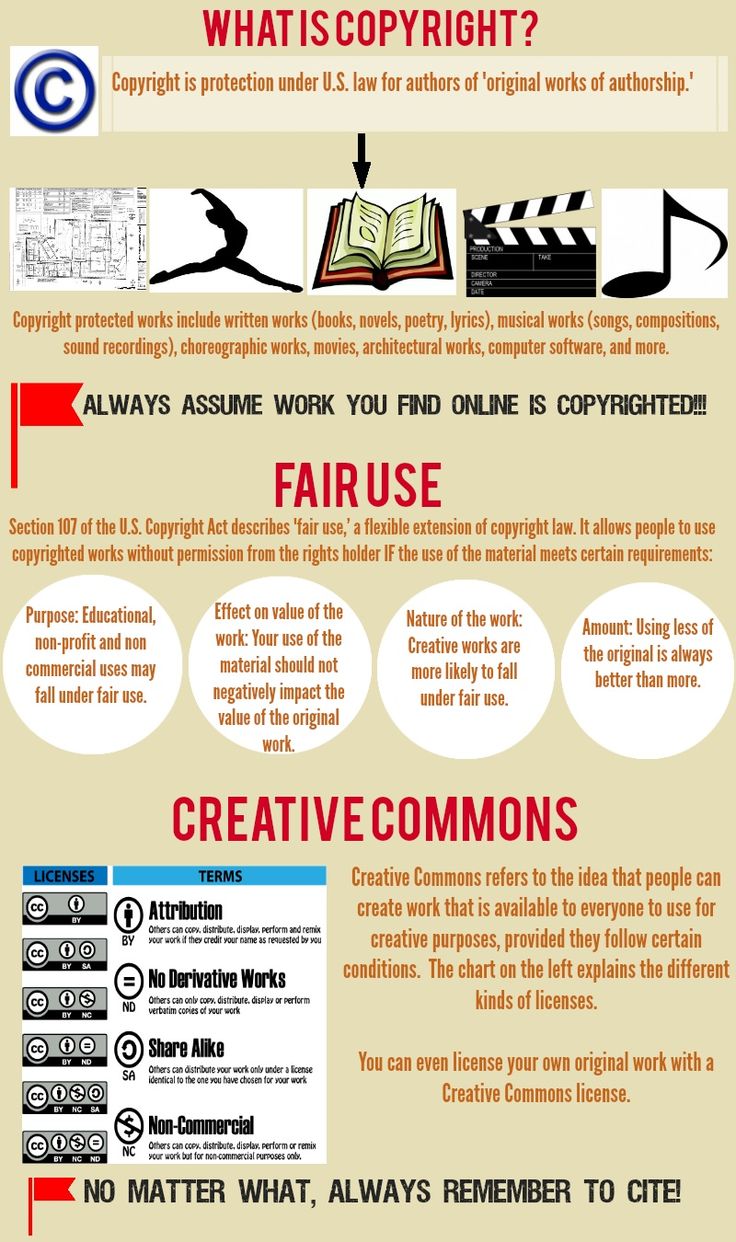
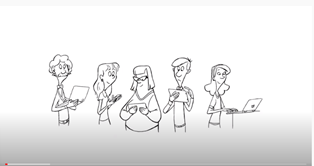
Another responsibility of being a digital citizen is making sure that you do not plagiarize works of another author. Online plagiarism occurs when someone copies an author’s work and turns it in as their own original work. There are so many places for students to find works of other author’s online, but there are ways to make sure credit is given to an author when their work has been referenced for an assignment. Plagiarism can also occur when a student fails to give credit to an author when they have used that author’s ideas in their work. In order to help students learn how to cite sources correctly teachers need to instruct students on how to cite sources as part of the curriculum in learning about digital citizenship. There are free resources to help students cite papers correctly in order to avoid plagiarism. The Purdue Online Writing Lab is an excellent source of information about how to cite sources correctly.
Useful Links
https://www.scribbr.com/category/plagiarism/ Click to view video about plagiarism
| Topic | Link | Usefulness |
| Copyright and Fair Use Laws and Guidelines | https://www.rivaliq.com/blog/guide-copyright-fair-use-laws-online-images/ | Information for teachers and students on copyright laws and Fair Use guidelines |
|
Copyright Public Domain Creative Commons |
https://edu.gcfglobal.org/en/blogbasics/copyright-and-fair-use/1/ | Basic information for teachers and students about copyright, public domain, and creative commons |
| Plagiarism | https://www.scribbr.com/category/plagiarism/ | Breakdown of different types of plagiarism for teachers to read to inform students and for students to reference |
References:
Imgages
GCFGlobal.(2020).BlogBasics-Copyright and Fair Use.[infographic].https://edu.gcfglobal.org/en/blogbasics/copyright-and-fair-use/1/
Pinterest.(n.d.). [ Whatis copyright? Fair use? Creative Commons?]. retrieved November 6, 2020, form https://i.pinimg.com/736x/f0/d6/a9/f0d6a9717241cf91d7a273541f9572e3.jpg
Easybibb. (2012)[infographic]. eassybibb.com. https://www.easybib.com/wp-content/uploads/2012/03/plagiarisim-011.jpg
Videos
Creativity Copyright andFair Use (n.d.) Common Sense Education retrieved November 6, 2020 from https://www.commonsense.org/education/videos/creativity-copyright-and-fair-use
Young, Andrew.(2016, May 1) Plagiarism :Lesson One[video]YouTubehttps://www.youtube.com/watch?v=Ly_AeHl4t5M-
Kimmons, Royce.(2016, May11)Copyright BasicsforTeachers[video] YouTube https://www.youtube.com/watch?v=-9H6Ksp36q0
Information
Stim,Richard(n.d.) 'The Fair Use' Rule: When use of copyrighted material is acceptable. NOLO retrieved November 4, 2020 from https://www.nolo.com/legal-encyclopedia/fair-use-rule-copyright-material-30100.html
Roblyer M.D. and Hughes J. (2019)Integrating educational technology into teaching. (27, 208)
MB
